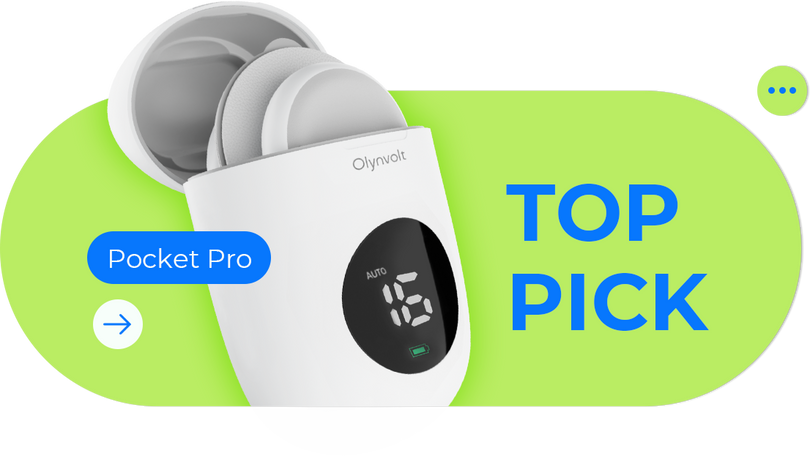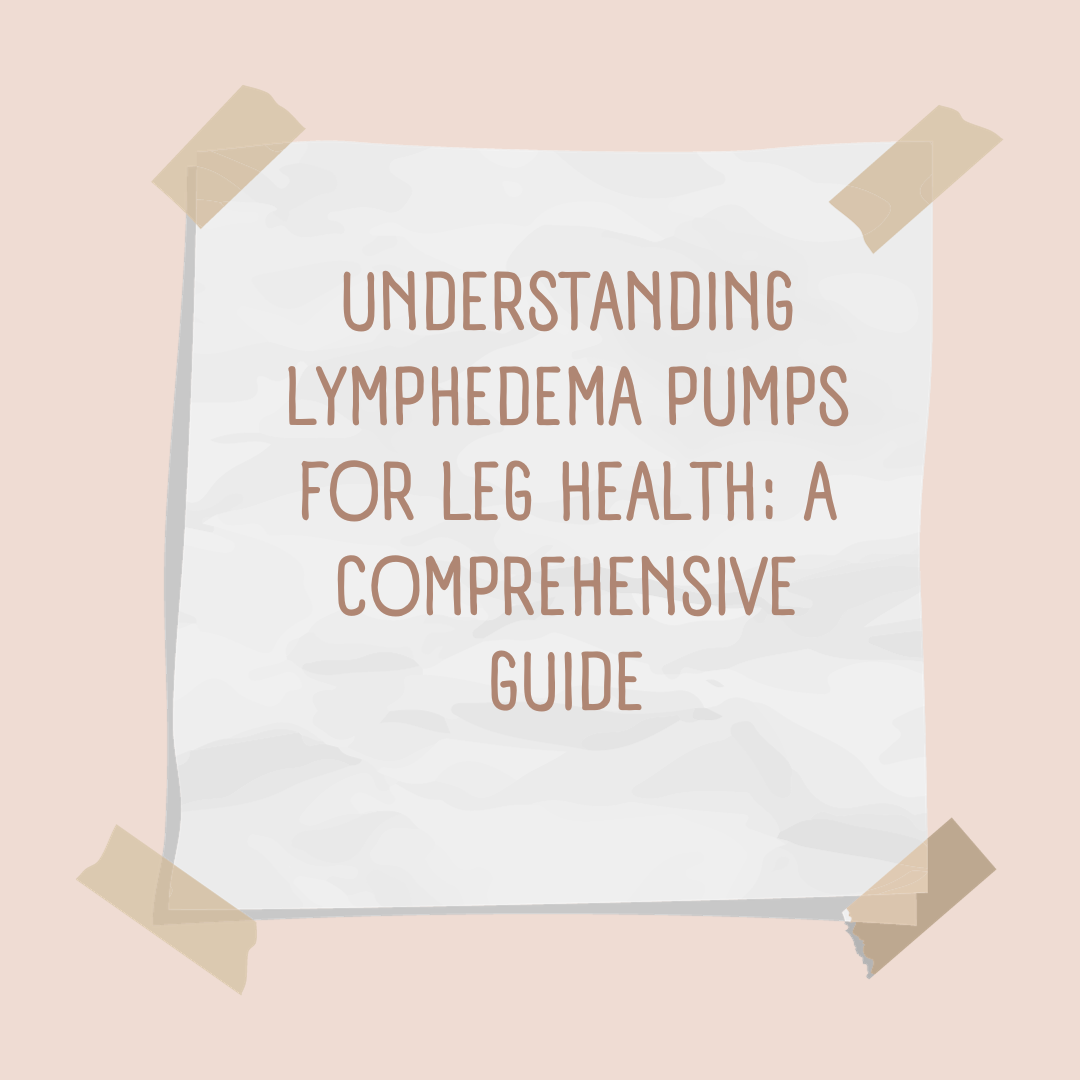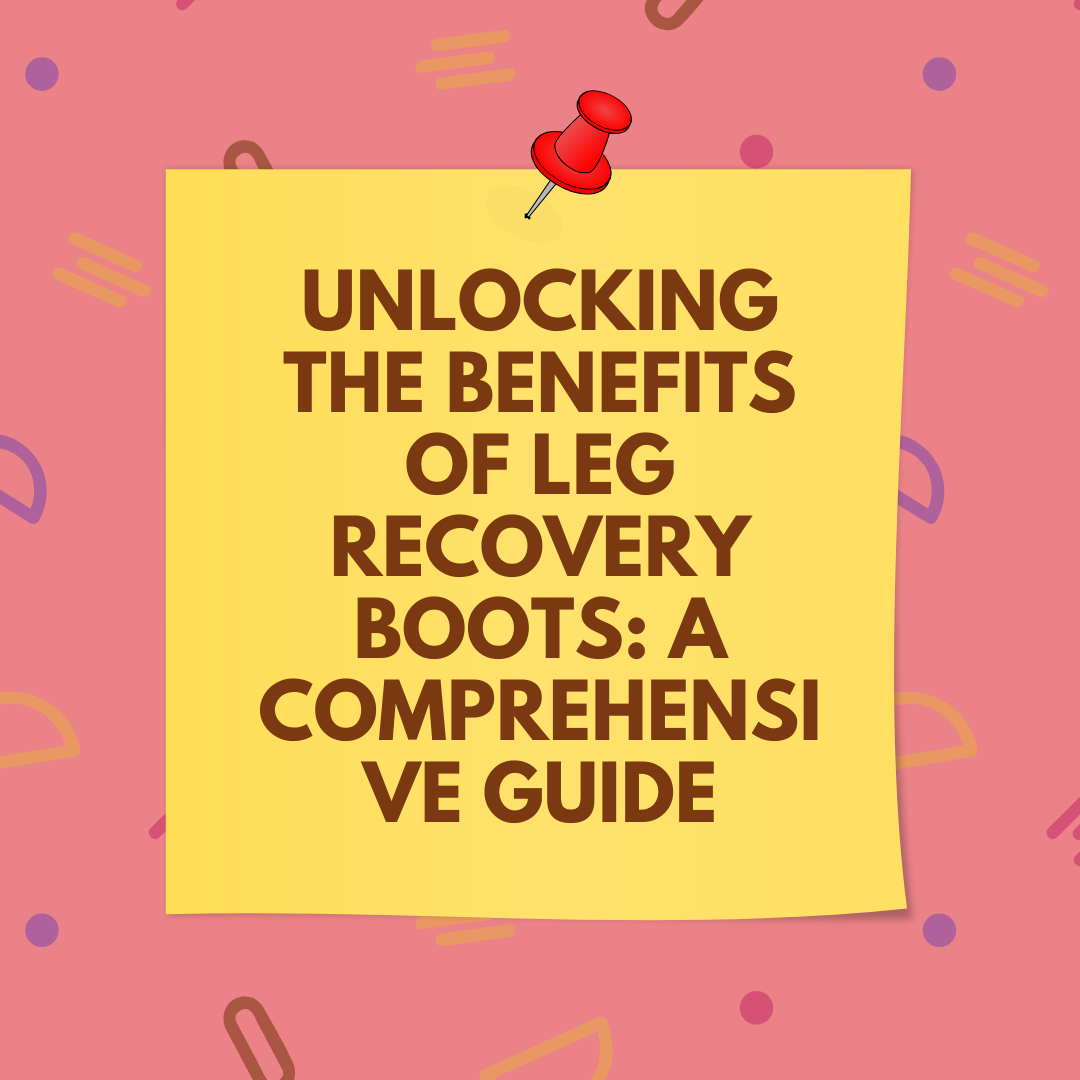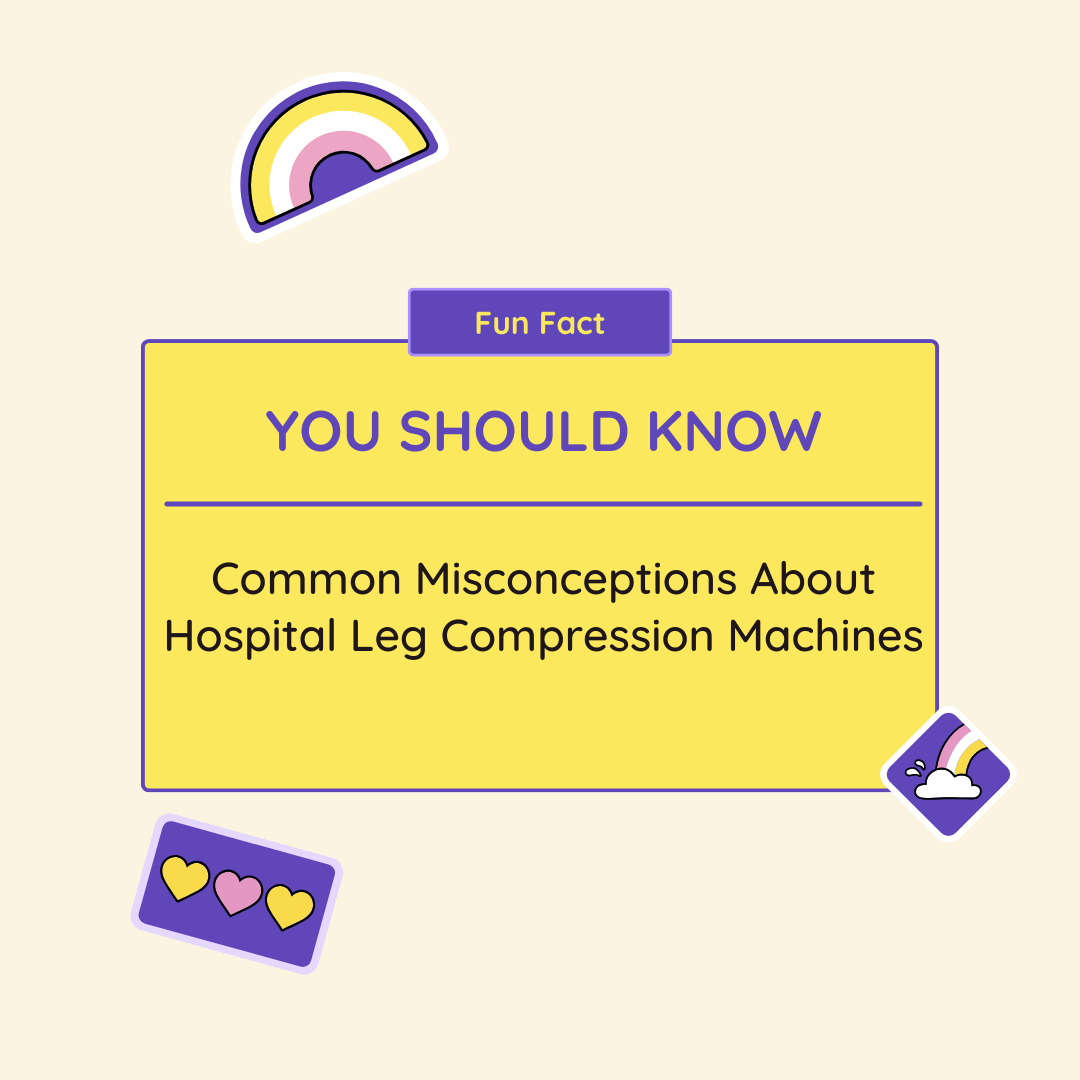Understanding Lymphedema Pumps for Leg Health: A Comprehensive Guide
Lymphedema is a chronic condition that can affect anyone and is often a result of damage to the lymphatic system due to surgery, radiation therapy, infection, or other medical conditions. While it can affect any part of the body, it most commonly appears in the arms and legs. For individuals with lymphedema in their legs, managing this condition effectively is crucial for maintaining good health and overall quality of life. One of the treatment options available is the use of lymphedema pumps, specifically designed for leg lymphedema. In this comprehensive guide, we'll explore what leg lymphedema is, how lymphedema pumps work, and their role in managing this condition.
Understanding Leg Lymphedema:
Leg lymphedema refers to the swelling of one or both legs due to an impaired lymphatic system. The lymphatic system helps maintain fluid balance in the body and plays a critical role in the immune system. When this system is compromised, it can lead to the buildup of lymph fluid in the affected limb, causing swelling, discomfort, and an increased risk of infections.
Common causes of leg lymphedema include:
Cancer Treatment: Individuals who have undergone cancer treatments, such as lymph node removal or radiation therapy, are at risk of developing lymphedema in their legs.
Infections: Infections that affect the lymphatic system can lead to lymphedema.
Injury or Surgery: Trauma, injuries, or surgeries that damage the lymphatic vessels can result in lymphedema.
Genetic Factors: In some cases, lymphedema can be hereditary.
The Role of Lymphedema Pumps:
Lymphedema pumps, also known as pneumatic compression devices, are medical instruments designed to manage lymphedema effectively. These devices use air pressure to apply and release pressure on the affected limb, promoting the movement of lymphatic fluid.
Here's how lymphedema pumps work:
Compression Cuffs: The device consists of inflatable cuffs that are wrapped around the affected leg. These cuffs are programmed to inflate and deflate at specific intervals.
Sequential Compression: The cuffs inflate from the distal (farthest from the body) to the proximal (closer to the body) end of the limb. This sequential compression pushes the lymphatic fluid towards the trunk, helping it drain properly.
The Benefits of Lymphedema Pumps for Leg Lymphedema:
Edema Reduction: Lymphedema pumps effectively reduce swelling in the legs by promoting the flow of lymphatic fluid.
Prevention of Infections: Swollen limbs are more susceptible to infections. Lymphedema pumps help maintain healthier skin and reduce the risk of infections.
Improved Circulation: By enhancing lymphatic flow, lymphedema pumps also promote better blood circulation, which aids in overall leg health.
Pain Management: Many individuals with leg lymphedema experience discomfort. Lymphedema pumps help alleviate pain and enhance overall comfort.
Enhanced Quality of Life: With proper management, individuals with leg lymphedema can lead a healthier, more comfortable life.
Conclusion: Managing Leg Lymphedema Effectively
For individuals dealing with leg lymphedema, lymphedema pumps can be a game-changer. These devices are vital for reducing swelling, preventing complications, and improving overall leg health. When considering treatment options for leg lymphedema, consult a healthcare professional to explore the potential benefits of using a lymphedema pump as part of your management plan. It's a step towards achieving a healthier and more comfortable life despite this chronic condition.





